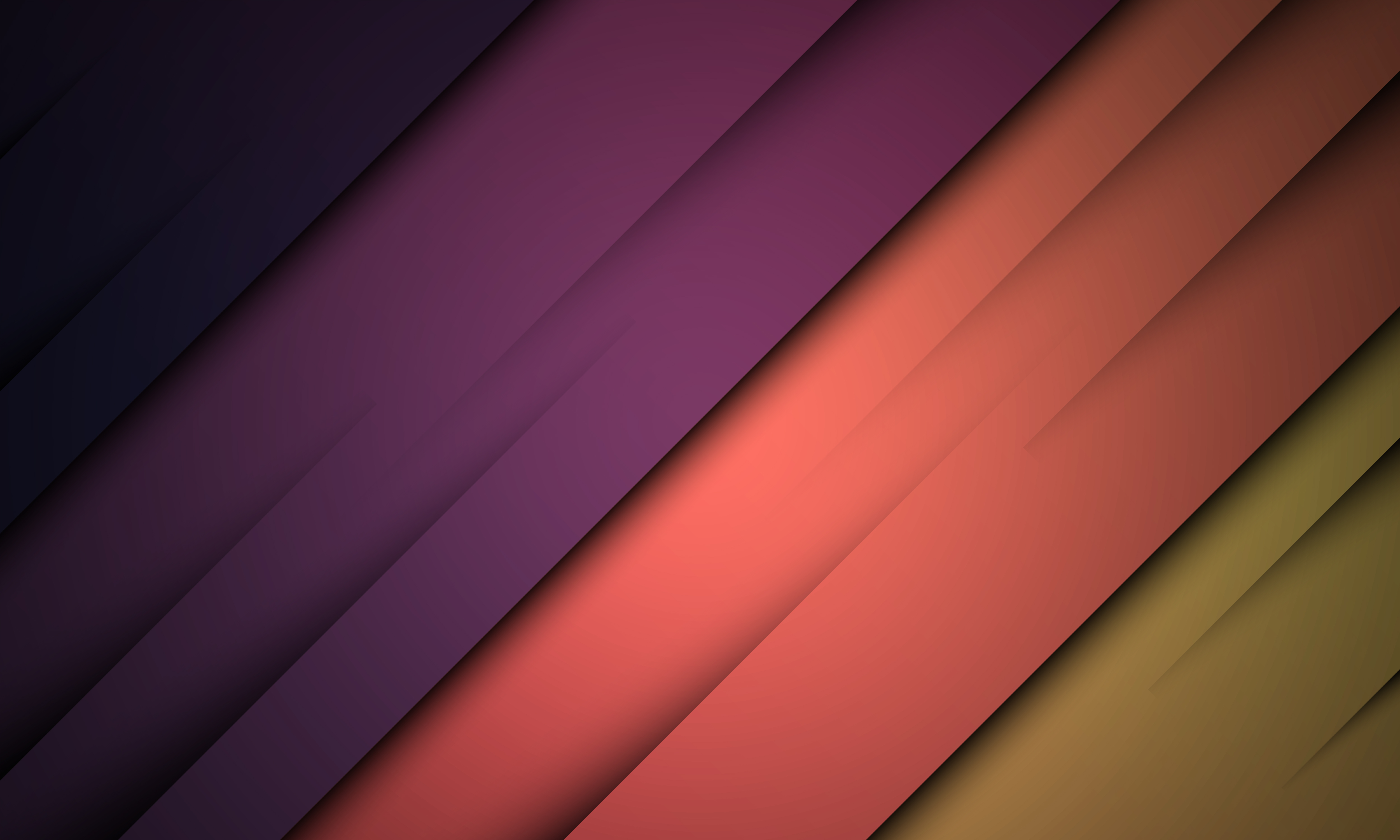

Originally posted at Skynet Today on June 03, 2019. Thus, the future of AI art lies not so much in its use for "image making" but in its critical potential in the light of an increasingly industrialized use of artificial intelligence. In other words: while AI art has certainly produced novel and interesting works, from an art historical perspective it is not the revolution as which it is portrayed. It attempts to show that most of the philosophical questions commonly cited as unique issues of AI art have been addressed before with respect to previous iterations of generative art starting in the late 1950s. This brief article provides a pragmatic evaluation of the new genre of AI art from the perspective of art history. It has also led to the popularization of an ever-growing list of philosophical questions surrounding the use of computers for the creation of art.

This must be done independently for each stop.AI art, or more precisely art created with neural networks, has recently started to receive broad media coverage.įlattering coverage from outlets including the New York Times and The Atlantic, combined with multiple recent museum and gallery exhibitions, has produced the impression of a new star rising in the art world: the machine. If you want, adjust the Brightness or Transparency sliders for each gradient stop. If you want to move a particular gradient stop into a precise position, click a percentage in the Position box. Here's an example of a linear rainbow gradient fill that was created by using six gradient stops, each with a different color. To apply a color a gradient stop, click a stop on the Gradient Stops bar, and then click Color to choose the color you want. To set the direction for the gradient, click Direction.įor each of the fill colors that you want in your gradient: Ĭlick the shape, and when the Format tab appears, click Shape Fill.Ĭlick Gradient > More Gradients > Gradient fill. To remove a gradient, click Remove gradient stops. To change a gradient, click the stop on the slider that you want to change. To add a gradient, you click Add gradient stops. The maximum number of stops is 10, and the minimum is 2. Once you select a stop, you can use the other options to fine tune your gradient. You can add or remove stops from the slider bar, and you can change the stop locations by sliding the stop or using the Position percentage for a precise position. The key to making gradient fills are gradient stops-specific points where the blending of two adjacent colors in a gradient end. On the Format tab, click Shape Fill, click Gradient, and select the one you want. The simplest way is to click the shape to select it, and then click the Format tab that appears:įor shapes, text boxes, and WordArt, the Format tab appears under Drawing Tools.įor chart shapes, the Format tab appears under Chart Tools.įor SmartArt shapes, the Format tab appears under SmartArt Tools. You can quickly apply preset gradients, or you can create your own gradient fill with custom colors and specified brightness, transparency, gradient directions, and positioning. You can add gradients to basic shapes and text boxes, as well as shapes that are part of charts, SmartArt, and WordArt.

You have lots of options for adding gradients, from simple built-in gradients to ones you create yourself.
#GRADIENT ART PROFESSIONAL#
Excel 2016 Word 2016 Outlook 2016 PowerPoint 2016 Project Professional 2016 Project Standard 2016 Publisher 2016 Excel 2013 Word 2013 Outlook 2013 PowerPoint 2013 Project Professional 2013 Project Standard 2013 Publisher 2013 Excel 2010 Word 2010 PowerPoint 2010 More.


 0 kommentar(er)
0 kommentar(er)
